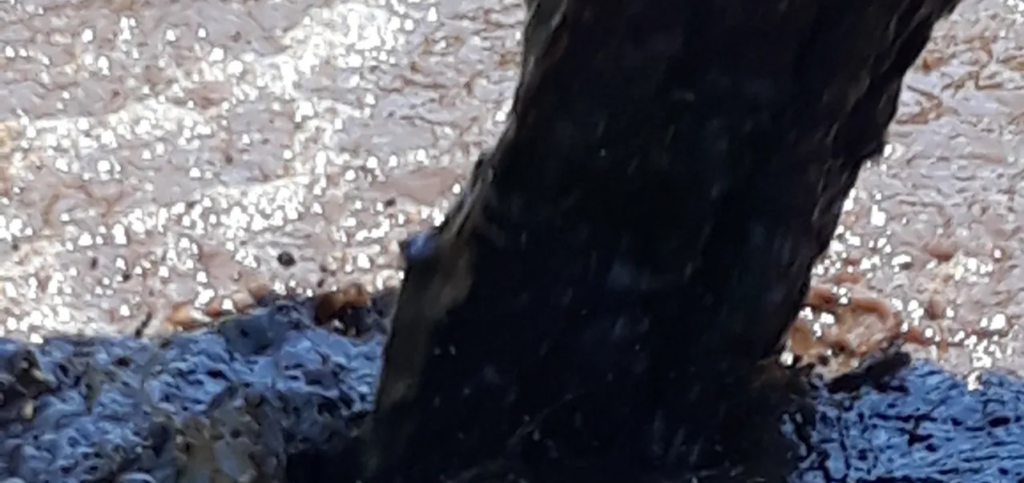Settleability Test – Interpretation
One of the most useful and easy tests for operators to gain insight as to the settling properties of the MLSS in the clarifier is the settleability test. The volume of that the settled occupies provides information as to how well the seThe “free” water above the settled sludge tells the other half of the story, such as the level of treatment of the influent waste as well as the settling properties of the sludge. There are cases when some of the sludge can remain suspended in the middle of the “free” water zone or can be floating on top. Each of these scenarios demonstrates issues with the character of the sludge and possibly temperature of the water itself.
This test is typically conducted in a wide mouth container that can hold about 2 liters of mixed liquor.
· Use of Dilution Test for Filaments and Wasting Effects
1. Collect a volume of MLSS from the aeration tank, the volume to be split should be at least 2 liters
2. Split the sample equally, in this case of 2 liters, 1 liter each
3. Remove some known part of the sample to be diluted, in this case 50%
4. Add enough water, preferably treated effluent, to the sample containing 50% of the original sample and fill it to the original 1 liter mark
5. Mix both samples with a stirrer to homogenous the samples
6. Allow both samples to settle for a half hour, measuring and recording the volume occupied by the settled sludge at the 15 and 30 minute times
7. If the volume occupied by the settled in the diluted sample is about half that of the undiluted sample then it is likely that the bulking issues are more closely related to the MLSS concentration and not so much the type or character that may contain filamentous bulking issues.
8. If more, the settled sludge is expanding beyond what is considered normal which may be attributed to filaments.
9. In the case of the sludge settling in proportion to the dilution ratio, this result provides some indication of what the settling conditions would be if, in this case, half of the solids were wasted from the system as waste activated sludge (WAS).

